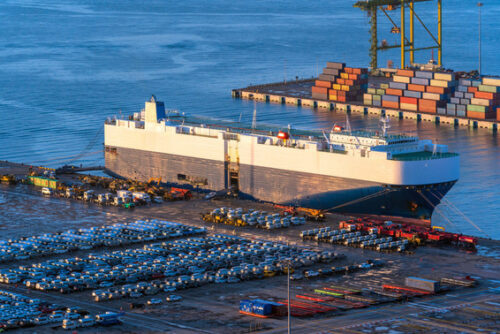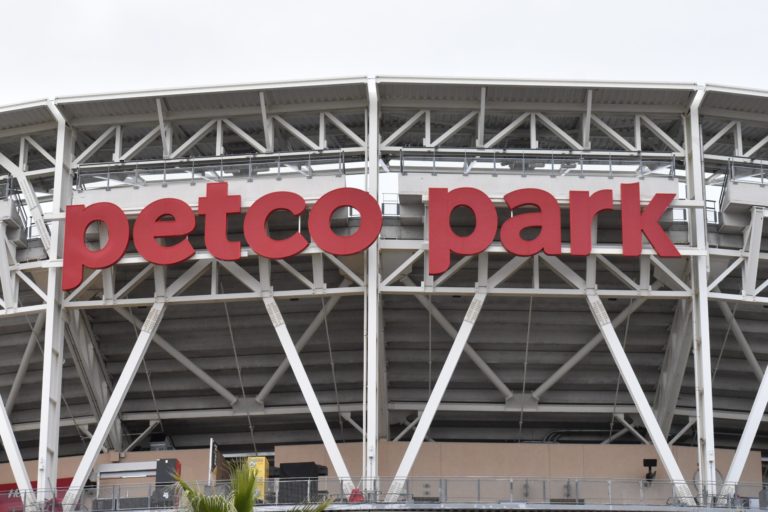CA’s regulation to reduce pollution from vessels granted U.S. EPA authorization

By SDCN Editor
The California Air Resources Board (CARB) Wednesday received authorization from the U.S. EPA under the Clean Air Act for its 2020 At-Berth Regulation, which further reduces pollution from ocean-going vessels while docked at California’s busiest ports.
The new regulation was passed by the CARB Board in 2020 and adds new vessel categories – auto carriers and tankers – as well as additional ports and marine terminals. Under the new regulation, vessels are required to control pollution when they run auxiliary engines or auxiliary boilers (for most tanker vessels) while docked. The two vessel categories added to the new regulation produce 56% of all fine particulate pollution (PM 2.5) from ocean-going vessels at berth in California ports, which when inhaled can embed in people’s lungs and bloodstreams, causing health impacts such as premature mortality, increased hospitalizations for heart and lung illness and asthma attacks. Reducing pollution is especially important since communities near ports tend to be home to low-income residents and people of color.
“California’s At-Berth regulation is an important step in continuing to modernize the state’s ports with the technology that will advance a clean air future,” said Dr. Steven Cliff, executive officer of the California Air Resources Board. “The emissions reductions and public health benefits that will come from cleaner operations are also a relief for communities alongside the state’s ports that deal with the burden of pollution from multiple sources, including vessels.”
The new regulation builds on the progress achieved by the groundbreaking At-Berth Regulation adopted in 2007. As of 2020, the 2007 rule had achieved an 80% reduction in harmful emissions from more than 13,000 vessel visits since 2014.
Vessels covered under the original regulation include container ships, “reefers” (carrying refrigerated cargo), and cruise ships. Once the new regulation is fully implemented, it will deliver a 90% reduction in pollution from vessels at berth. This includes an expected additional 2,300 vessel visits per year and will result in a 55% reduction in potential cancer risk for communities near the Ports of Los Angeles, Long Beach, and Richmond.
The regulation requires that vessels coming into a regulated California port either use shore power (e.g., plug into the local electrical grid) or a CARB-approved control technology to reduce harmful emissions like a capture-and-control technology (e.g., a duct that connects to a vessel’s exhaust and “captures” emissions).





